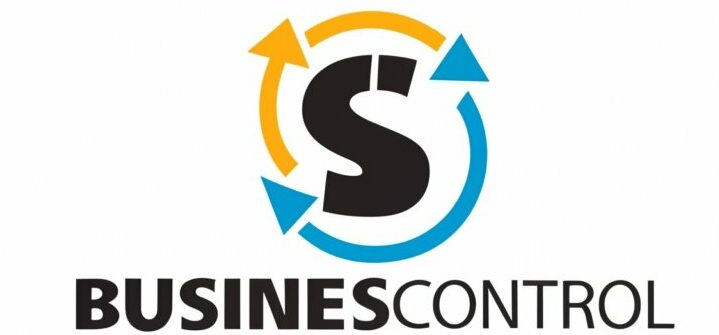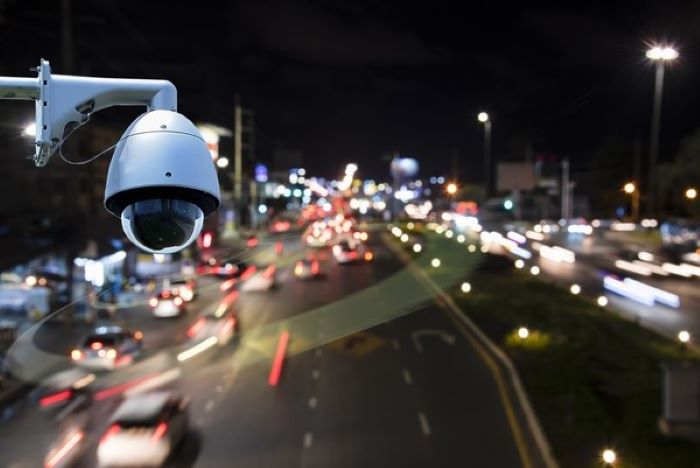Introduction on Traffic Control Devices
During the information provision on traffic control devices, understanding their various types and functions becomes very important to guarantee road safety and efficient methods of controlling traffic flow. Every device, starting from a mere sign to an advanced electronic system, does its bit to guide, inform, and regulate the flow of traffic. This comprehensive guide considers various types of traffic control devices, their purpose, and in what way they contribute to the enhancement of road safety and efficiency.
The traffic control devices mean not only the supply but also the manufacture of tools and systems applied on roads, highways, and at intersections to regulate and guide traffics. These
Traffic Control Devices have multiple purposes:
- Control of Traffic: Directing vehicles, cyclist, and pedestria to ensure orderliness in their movement.
- Information Provision: It includes information display regarding speed limits, directions, and warning messages.
- Enhancing Safety: Drivers and pedestrians should be alerted to potential hazards and guided toward safe behavior.
- Efficiency Enhancing: Smooth traffic to avoid congestion and reduce travel time.
Types of Traffic Control Devices
1. Traffic Signs
Probably one of the most familiar and basic devices of traffic control, the traffic sign uses standardized shapes, colors, and symbols to carry a specific message to road users.
– Regulatory Signs: These are those signs which create a legal duty, like speed limits, no-parking zones, and stop signs.
– Warning Signs: Warn drivers of roadway curves, intersections, and crossings ahead that require special attention.
Guide Signs: Directives providing directional and distance information for drivers to guide them toward destinations, facilities, and services.
– Guide Signs: Give non-regulatory information, including historical landmarks, scenic routes, and points of interest.
2. Traffic Lights
Traffic signals are essential in regulating right-of-way and intersection management. The colored lights, which include red, yellow, and green, indicate when vehicles (and sometimes even cyclists or pedestrians) must stop, yield, or advance:
– Red Light: A full stop is compulsory.
• Yellow Light: This color reflects the light warning that a red light will shortly appear.
– Green Light: Allows vehicles to pass.
The more sophisticated ones are the pedestrian signals and adaptive signals, which change their timing in real-time based on traffic conditions.
3. Pavement Markings
Pavement markings offer both visual guidance and regulatory information directly on road surfaces.
Lane Markings: Separate traffic flows, indicate turn lanes, control merging.
Arrows and Symbols: Guide traffic movements; show stop lines; mark crosswalks.
color markings: Distinguish between lanes—HOV lanes, for example—and mark off-limits parking or special traffic conditions.
4. Barriers and Channelizers
These physically separate the lanes, control access, and protect road users through barriers and channelizers.
– Concrete Barriers: Separate opposing highway traffic flow and shield against roadside hazards.
-Flexible Delineators: Flexible posts or markers that guide traffic and mark the edges of lanes.
• Traffic Cones: Temporary markers used as traffic diverters, work zone markers, and lane delineators.
5. ITS: Intelligent Transportation Systems
ITS integrates advanced technologies to monitor, manage, and optimize traffic flow and safety:
– VMS: Variable message signs, for real-time traffic information, warning, and caution.
– Traffic Cameras: Provide traffic monitoring, enforcement, and situational awareness.
– Electronic Toll Collection: It is meant for making the toll payments automatic, to decongest the toll plazas.
6. High-Security Road Bollards
High-security road bollards are a specialized kind of traffic control tailored for use in security-sensitive areas:
• Purpose: Prevent unauthorized vehicle access to especially government building, embassies, airports, and sensitive facilities.
The following types are hydraulic, retractable, and fixed bollards that can withstand vehicle impact and provide control over access.
Installation: Strategically located at entrances, perimeters, and access points to deter ramming attacks and unauthorized entry.
Importance of Traffic Control Devices
Traffic control devices need to be present in any modern road infrastructure for a few reasons:
– Safety Improvement: Reduce accidents through clear instructions and warnings to the drivers.
– Traffic Flow Optimization: This involves the minimization of congestion at junctions and on highways by bettering vehicle throughput.
– Regulatory Compliance: Obey traffic rules and regulations, so the safety of all entities moving on a road is absolutely ensured.
– Emergency Response Support: Assist emergency vehicles in moving promptly by keeping clear lanes of travel during incidents and reducing response times.
Challenges and Innovations in Traffic Controls Developments in new technologies and alterations in traffic continue changing the face of traffic control : – Smart Cities Initiatives: Integration of IoT, AI, and data analytics for enhanced traffic management and responsiveness. Adaptive Traffic Control Systems: These often are dynamic, changing signal timings based on real-time traffic conditions. – Vehicular applications and connected vehicles: allow real-time traffic information to flow and enable vehicle-to-infrastructure communication for improved safety and efficiency.
Conclusion
These traffic devices form an integral part of the safety of roads and efficient management in the flow of traffic. From conventional signs and signals to highly sophisticated ITS and security bollards, they see that the circulation is orderly, safe, and friendly to economic activities. With technology being continuously developed, how these traffic control devices further evolve in their complexity will be major factors in determining how secure—and efficient—transportation systems are for all users. The types, functions, and importance of traffic control devices are some of the basic awarenesses that should be next to natural instincts for stakeholders in Transportation Planning, Infrastructure Development, and Public Safety.

